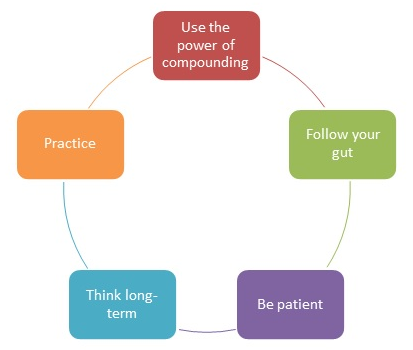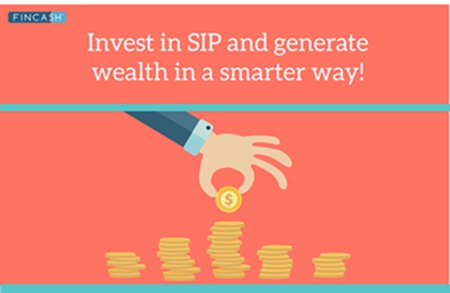
Table of Contents
What is Value Investing?
Value Investing was a revolution started by David Dodd and Benjamin Graham in 1928. It changed the way investors looked at companies and changed their investment strategies altogether. It is a strategy diligently followed by business moguls like Warren Buffett. In this article, we shall see what exactly is value investing, how different it is from Insider trading, some guidelines to remember, and the pros and cons of value investing.
Value Investing: Definition and Formula
It is an investment strategy which involves buying securities that are below their Intrinsic Value i.e. underpriced. The intrinsic value is found out by using fundamental analysis.
The formula for intrinsic value is:
IV=E(8.5+2G)* 4.4/Y
where:
- IV = Intrinsic value
- E= Earnings Per Share
- G= expected growth rate
- Y= the current yield of triple-A rated corporate Bonds
It is a strategy that capitalises on the profits to be made in future by purchasing low-priced shares of strong but undervalued and unpopular companies.
Value Investing Vs Insider Trading
Value investing is quite often confused with insider trading. Though the two terms are similar, they represent very different things.
Insider trading is when an individual privy to the confidential secrets of a company uses that information to trade for personal gain. This kind of trading is illegal but is often difficult to prove.

Value investing, on the other hand, is completely legal. Trading is done based on the information publicly available. Investors should be able to read between the lines which the general public cannot see. It is the ability to see the value in a stock before others do.
Guidelines for Value Investing
Use the Power of Compounding
Value investing is an ideal way to harness the power of compound interest. When the dividends and returns earned from your value stocks are reinvested, your profits grow tremendously over the years since your reinvested money will generate their own Earnings.
Follow your Gut
While following a value investing strategy, it is crucial not to follow the herd mentality. The whole idea is to find and buy stocks that have not yet caught the attention of other investors.
Be Patient
Another important aspect to remember while value investing is to keep patience. It takes some time to unlock the intrinsic value of the company.
Think Long Term
Since the unlocking of the true value of the company takes time, value investing must be done while investing for the long term only.
Practice
Value investing needs an investor mindset to look out for the winner in a pile of underpriced stocks. It takes some experience to know which stocks will give great returns in the future. Also, there might be times when you might have miscalculated the stocks, thus, resulting in losses. Learn to take these losses in your stride and learn from past mistakes.
Talk to our investment specialist
Advantages of Value Investing
Great Stocks, Lower Rates
One of the biggest advantages of value investing is buying stocks that are going to grow tremendously in the future for a very low price. Since other investors are not yet aware of the Underlying potential of the stock, value investors can buy these stocks at a very low rate and reap huge profits in the future.
Tried and Tested Strategy
Value investing is being done for almost a century now. It has proved to be a successful investment strategy provided you know the art of picking up the right stocks. A seasoned investor can make huge profits once he knows where to put his money wisely.
Based on Facts
The value stocks are determined based on the fundamental analysis. The stocks are chosen after a deep study of the company and its future prospects. Investing on solid facts and research tends to be better strategy rather than investments based on speculation.
Disadvantages of Value Investing
Huge Risk Factor
Investing in undervalued stocks in hopes of a future turnaround carries a huge risk. There may be miscalculation resulting in heavy losses for the investor.
Less Diversification
The selected value stocks may belong to a particular sector which may be expected to soar. Investing in only a few concentrated sectors increases the Portfolio risk, due to lack of diversification.
Long Wait
It may take years for the intrinsic value of a stock to maximise. This results in lengthy holding periods for the investor. It is not even sure if the stocks would rise to their full potential, even after all the waiting, thus, making it risky due to uncertain returns.
Value investing can be extremely beneficial for those who know to use it. Start slow, by reading up on the company and its future plans. Learn to use ratios to know what exactly the figures on the Balance Sheet mean for the company. Practice adding some real value to your investments.
All efforts have been made to ensure the information provided here is accurate. However, no guarantees are made regarding correctness of data. Please verify with scheme information document before making any investment.












